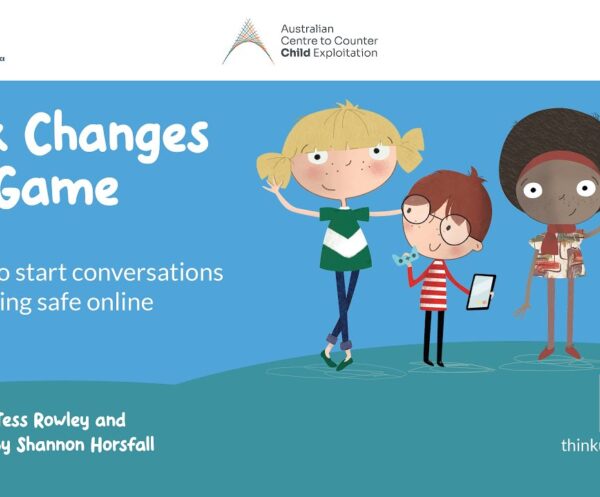NSW’s new child protection reforms set national precedent, with implications for ECEC sector

New child protection legislation introduced in New South Wales is being heralded as a national benchmark, with strong relevance for early childhood education and care (ECEC) services committed to child safety, cultural connection and family wellbeing.
A major legislative reform package passed in New South Wales is reshaping the child protection landscape, establishing a new standard for how governments engage with First Nations families and communities.
The NSW Government recently introduced a suite of changes that give full legal force to the Aboriginal and Torres Strait Islander Child and Young Person Placement Principle. This means the state must now make every effort to keep Aboriginal children connected to family, kin and culture when they enter the out-of-home care system.
This development carries significant implications for the early childhood education and care (ECEC) sector, particularly in services where family support, inclusion and cultural safety are core to practice.
SNAICC – National Voice for our Children, the national peak body representing the interests of Aboriginal and Torres Strait Islander children, has welcomed the reforms, noting that they place children’s cultural identity and community connection at the centre of decision-making.
In a media statement, SNAICC CEO Catherine Liddle said the legislative shift is a “monumental” step toward addressing the ongoing overrepresentation of Aboriginal children in care, describing it as a pathway “for a different future”.
The reforms were developed in response to extensive sector advocacy and in-depth reviews, including the Family is Culture report authored by Professor Megan Davis. The review found that systemic failure to uphold the Placement Principle had contributed to trauma, disconnection and mistrust within communities.
Among other key changes, the new laws:
- Require the NSW Government to partner with Aboriginal community-controlled organisations in child protection decision-making
- Mandate earlier and more transparent access to family preservation supports and
- Improve access to independent legal advice for families at risk of child removal
These changes align with the broader objectives of the National Framework for Protecting Australia’s Children and offer a model for other jurisdictions seeking to embed the rights of Aboriginal children in law and policy.
ECEC services especially those engaged in wraparound family support, integrated care models or working within vulnerable communities are well positioned to align their approaches with these principles. Embedding culturally responsive practices and working closely with Aboriginal-led organisations may now become not just best practice, but a legal and ethical imperative.
The reforms also reinforce the importance of early intervention and connection to culture as protective factors. This places a renewed focus on the role of early childhood educators and leaders in building trusted relationships, recognising risks, and partnering with families in culturally safe ways.
As other states and territories look to New South Wales for leadership, the reforms may trigger policy shifts nationwide with ECEC professionals across the country playing a vital role in upholding the spirit and intent of these landmark changes.
Read more: New South Wales child protection reforms the ‘national benchmark’: SNAICC
Popular

Workforce
Quality
Practice
Provider
Research
How one teacher is using Little J & Big Cuz to build empathy, understanding and confidence in First Nations learning
2025-12-08 07:15:19
by Fiona Alston

Provider
Workforce
Quality
Fair Work Commission confirms forced resignation grounds in case involving early learning provider
2025-12-08 07:30:23
by Fiona Alston

Workforce
Policy
Quality
Provider
Funding agreement reached on preschools
2025-12-09 08:46:06
by Fiona Alston















